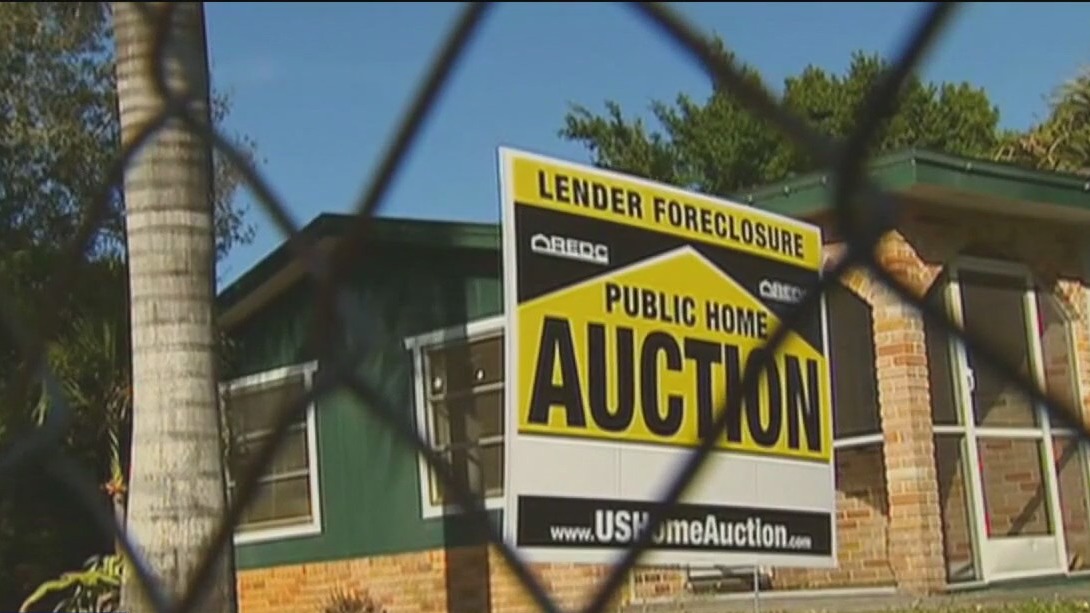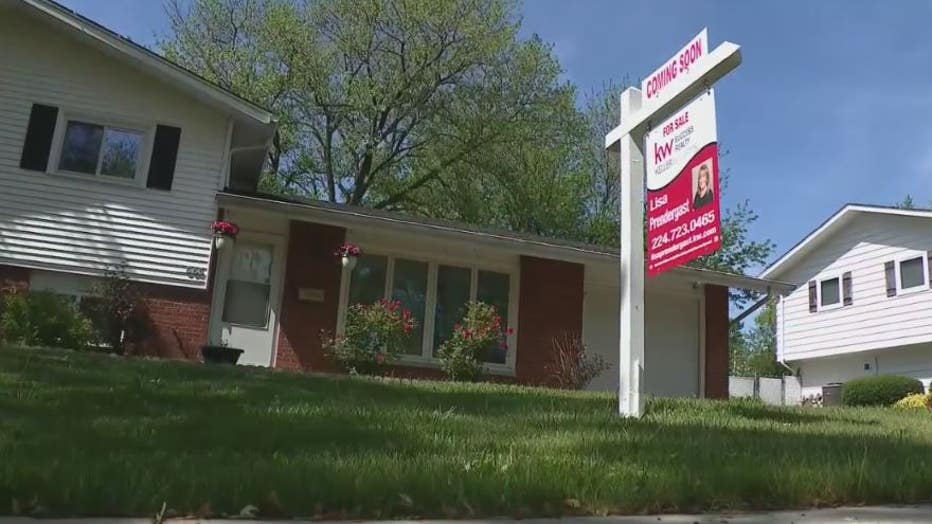Source: site

TAMPA – As foreclosure rates climb across the United States, Florida has emerged as the hardest-hit state, and Tampa is at the center of the surge. Real estate experts say a combination of declining home values, rising insurance premiums and increasing daily expenses is forcing more homeowners into financial distress.
The backstory:
ATTOM Data’s October 2025 U.S. Foreclosure Market Report recorded 36,766 foreclosure filings nationwide last month, up 3 percent from September, and 19 percent from a year ago, according to a report released by the company last week.
Florida posted the nation’s highest foreclosure rate at one in every 1,829 homes. Tampa ranked first among large metro areas, with one in every 1,373 housing units facing foreclosure, a jump that ATTOM says reflects the resumption of data collection in Hillsborough County and the addition of backlogged filings.
MORE: Hidden homeownership cost in US is nearly $16K a year, Zillow analysis finds
Realtors say many families who bought during Tampa Bay’s explosive 2020 to 2023 market are now discovering that selling is not an easy way out.
What they’re saying:
St. Petersburg realtor Mia Annibale, of Smith and Associates, says some homeowners are learning their property would sell for roughly the same price they paid.
“They would have to sell at essentially the same price they bought for because there has been a declining market,” Annibale said, adding that many would need to bring “roughly $10,000 to the closing table in order to avoid a short sale.”
Annibale says the situation becomes clear only after the numbers are calculated.
“By the time we get that net sheet, they’re negative,” she said. “They can’t sell; they can’t afford the property.”
That is when families find themselves at real risk of foreclosure.

Economists say the financial pressure extends beyond home prices.
USF Economist Michael Snipes says costs tied to housing have climbed across the board.
“It’s really all prices and all costs associated with housing, whether it’s HOA, whether it is interest on mortgage payments, whether it is insurance payments. All of those costs are going up,” he said.
Snipes says those increases hit certain groups especially hard. For retirees or people on fixed incomes, he says, “It’s a huge investment, it’s a huge source of spending for a lot of individuals. A huge part of their income. So any small change is going to be felt particularly acutely by individuals who might not have a whole lot of money.”
Annibale urges homeowners to act early if they are worried about falling behind.
“Have the conversation sooner rather than later,” Annibale said. “It’s not going to go away. Sometimes we get called in, and it’s to a point where the bank has already started the process and that gets very tricky.”
In his company’s report, ATTOM CEO Rob Barber said the national rise in foreclosures does not reflect a collapse, but a return to more typical levels. He wrote the increases “appear to reflect a gradual normalization in foreclosure volumes as market conditions adjust and some homeowners continue to navigate higher housing and borrowing costs.”
The other side:
While Florida is seeing steep increases, some metro areas are trending in the opposite direction. ATTOM reports year-over-year declines in foreclosure starts in Milwaukee, Indianapolis, Louisville, Washington D.C. and Detroit. Nationwide, South Carolina, Illinois, Delaware and Nevada followed Florida in having the highest foreclosure rates.
States with the most foreclosure starts in October were Florida with 4,136, Texas with 3,080, and California with 2,685. Despite rising activity, overall filings remain well below historic highs.
What’s next:
Housing analysts expect Tampa’s numbers to stabilize once Hillsborough County clears its backlog of filings.
The Source: Information for this story was gathered from interviews with realtor Mia Annibale and USF Economist Michael Snipes, along with foreclosure data from ATTOM’s October 2025 U.S. Foreclosure Market Report.




